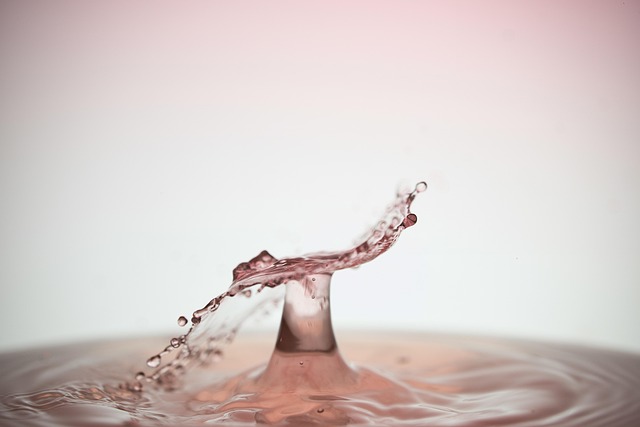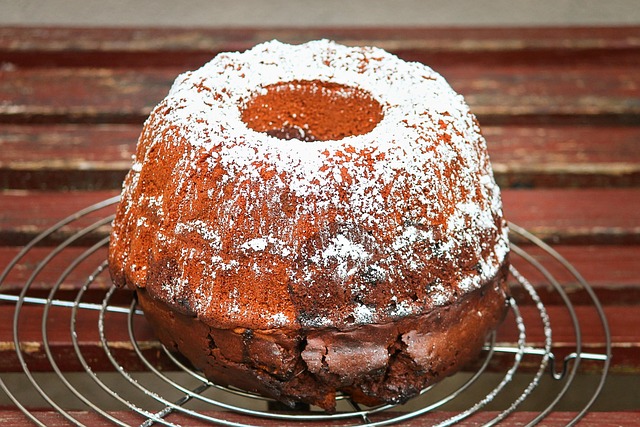Understanding Fluid Loss and Its Impact on Your Health
Fluid loss is a natural part of our daily lives, occurring through processes such as sweating, breathing, and digestion. However, when fluid loss is excessive or not adequately replaced, it can lead to dehydration, impacting your overall health and energy levels. Recognizing the importance of maintaining proper hydration is crucial for anyone striving to lead a healthy lifestyle.
How a Healthy Lifestyle Supports Hydration
Engaging in regular physical activity, managing stress, and getting sufficient rest all contribute to how your body handles fluid balance. When you exercise, you lose fluids through sweat, which are essential to cool your body and remove toxins. By integrating hydration into your routine—drinking water before, during, and after workouts—you can prevent the negative effects of fluid loss and maintain optimal performance.
Furthermore, lifestyle habits such as limiting alcohol intake and avoiding excessive caffeine help reduce unnecessary fluid depletion. These steps not only protect you from dehydration but also promote overall wellness.
Nutrition’s Role in Combating Fluid Loss
Healthy nutrition plays an equally vital role in preventing fluid loss. Consuming foods with high water content, like cucumbers, watermelon, and oranges, naturally boosts your hydration levels. Additionally, incorporating electrolytes—sodium, potassium, and magnesium—through nuts, leafy greens, and dairy supports your body’s ability to retain and use fluids efficiently.
A balanced diet rich in whole foods not only supplies necessary nutrients but also encourages regular hydration habits, creating a synergy that safeguards your body against the strains of fluid loss.
Practical Hydration Tips to Incorporate Daily
- Start your day with water: Rehydrate after sleep to jumpstart your system.
- Set reminders: Use alarms or apps to ensure consistent fluid intake throughout the day.
- Monitor urine color: Pale yellow indicates good hydration; dark yellow suggests dehydration.
- Choose water-rich snacks: Fruits and vegetables can complement your fluid intake.
- Adjust for activity and environment: Increase fluids during exercise, hot weather, or illness.




